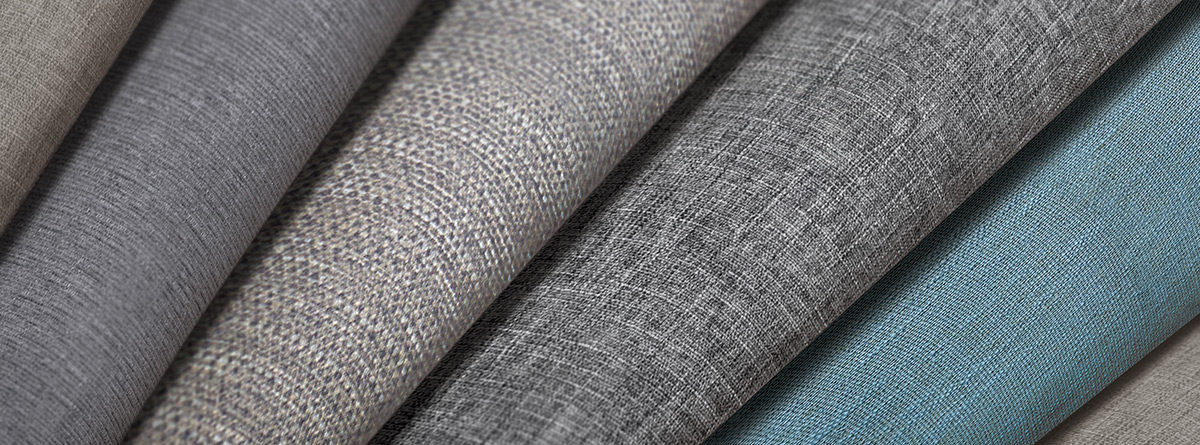While color and patterns offer a more conspicuous impact, the creative use of textures and classic textured materials can add beautifully subtle depth to a design. Despite powerful patterns being on trend, the use of predominantly mild, monochromatic color schemes is not likely to lose its place in a substantial proportion of the hospitality sector. Varying the texture of a finish adds character and complexity without sacrificing the flexibility of a neutral shade.
Keeping in step with the trend towards customizable spaces, textured small furnishings and linens – napkins, table coverings, cushions, throws, spreads, rugs, etc. – allow end user an intimate interaction with the space. People are drawn to “touchable” materials and soft textures. A buttery leather complemented by a warm, nubby knit subtly engages touch and provides a sense of warmth and welcome.
As a matter of practicality, texture can be used in lieu of architectural or structural elements in defining space. Especially in large, or open plan areas, subtle changes in flooring or wall coverings can delineate spatial divisions and reduce the perceived scale of a space while not placing limitations on future reconfigurations. Carpet texture can even be used to direct foot traffic.
Classic Textured Materials
We are seeing rich, classic textured materials such as brocade, velvet and leather juxtaposed onto modern forms for a more contemporary presentation. The recent embrace of craft and culture brings interesting weaves to the fore while natural materials keep their place as the sustainability movement is universally embraced. Biophilic cottons, felts and knit fabrics fulfil an innate affinity for tactility and can build a feeling of wellness within a space.
If a simpler approach is preferred, pleats and folds elevate the style of basic window dressings. Newer technology allows for high definition dying and surface detailing of carpeting and rugs while accommodating a variety of budgets better than ever.

